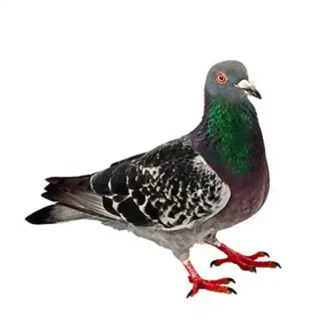House Sparrows in Long Island
Sparrows are an invasive species found throughout the United States and are one of the most abundant songbird pests in the world. House sparrows are small birds that can create big issues. Both sparrows and their droppings can carry pathogens that are harmful to humans. Tough, adaptable, and aggressive, sparrows can survive in city neighborhoods and in rural areas, where it may evict native birds from their nests. These birds build messy nests and are largely dependent on humans for both food resources and nesting sites. House sparrows are implicated in the transmission of over 25 diseases to humans, pets, and livestock.
House Sparrow Habitat
House sparrows are especially attracted to man-made structures because they usually offer numerous safe spaces to build nests with many potential food options. Nests are composed of twigs, grass, paper, and string, and are built-in gutters, vents, soffits, lamp poles, on rafters, building ledges, and almost any conceivable elevated, sheltered spot. Their nests are often hot spots for bugs and parasites that can make their way into buildings. Also, in some areas, sparrow nests can create fire hazards.
House Sparrow Behaviors, Threats, or Dangers
Sparrows love to stuff their nesting materials into tiny gaps – the perfect size is about 1 to 3 inches. This can include the framework of structures, letters of signs, corrugated overhangs, and even dryer vents. Around homes, gutters, and drainage pipes clogged with sparrow nests often back up, which can cause extensive water damage. Nests built in chimneys and ventilation systems can block airflow and spread diseases through the system. Sparrows can crowd other birds at feeders and birdbaths, and as they aggressively defend their nests, they often push out other desirable songbird species, such as bluebirds. If you are dealing with sparrow problems in your Long Island property, always contact a bird removal specialist.
Need help with House Sparrow control?
$50 OFF PestFree365+
Leave your information below and we’ll be in touch with a FREE quote!
"*" indicates required fields
*During normal business hours. After hours calls will be returned the next business day.





